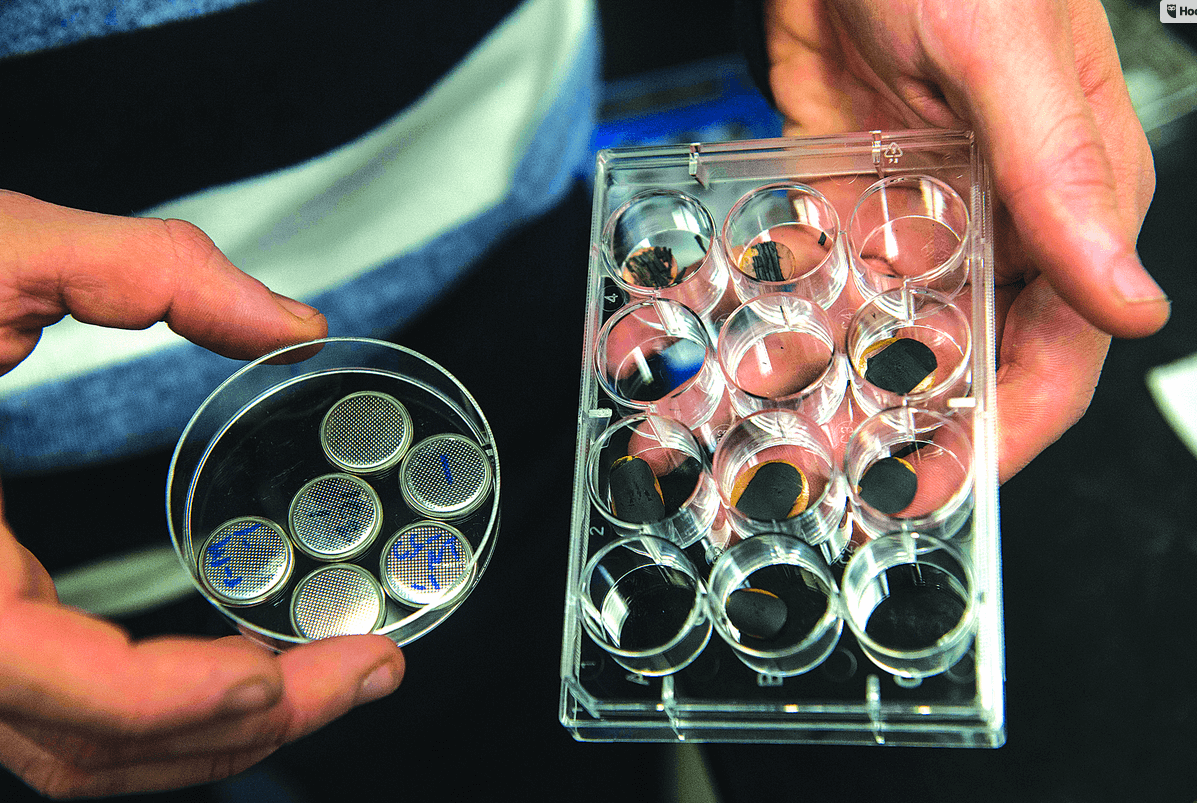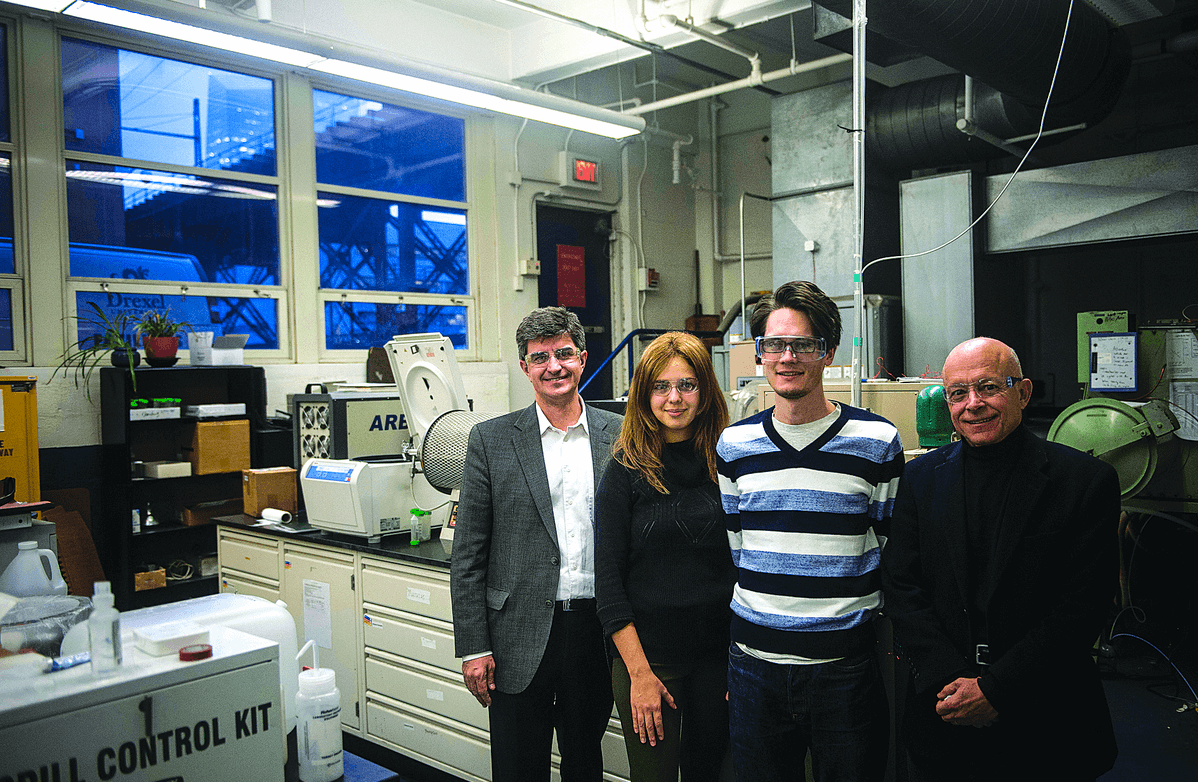Could the next generation of smartphones be powered by mud?
Michael Ghidiu, a doctoral student at Drexel’s College of Engineering, was working with two material scientists when he stumbled upon a malleable clay that could become a safer, faster and flexible power source. The clay, which may take 20 to 30 years to reach production could be used as a small super battery to store energy for electronic devices.
The material, conductive like metal, could potentially hold a longer charge and recharge quickly. And with its unique form, which becomes malleable when water is added, the material could be manipulated to fit different spaces. “Clay was mankind’s first material,” said professor Michel Barsoum. “It left such an indelible impression on humanity that it starts the bible and how God made people. … we take it for granted, but it’s this mud that when you put water on it you can shape it, and it holds it shape and you can dry it and if you don’t like it put water again and reshape it. “Now, this is the first time in the history of mankind that you have a conductive clay,” he said. “That’s the difference.”
Barsoum said they are speaking with major corporations about their discovery, but even if talks persist the road from lab to marketplace is long.
Since the material is so flexible it is thought to be a perfect fit for mobile phones, smart watches and the forthcoming “Internet of things” technology, which is a collection of smaller devices that interact with each other to provide us humans with better services.
































